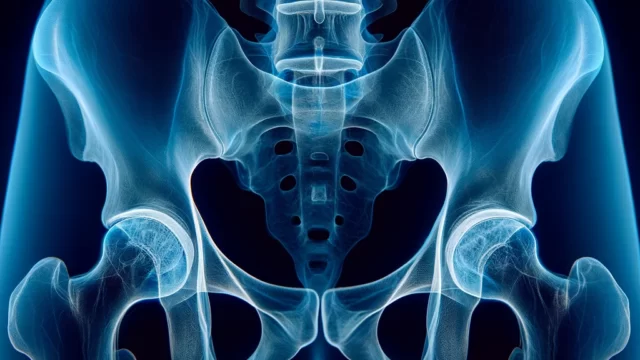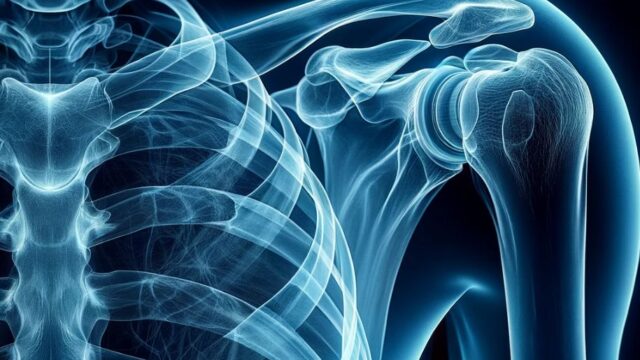Chest AP view (portable)
Purpose
Observation of the trachea, lung fields, and mediastinum.
Sitting position is suitable for detecting small amounts of pleural effusion.
Prior confirmation
Review past images to obtain reproducible images.
Confirm with the doctor, nurse, and the patient themselves if a seated position is feasible for the imaging.
Remove any obstructing shadows (such as bandages, thermometers, etc.).
Ask the doctor and nurse to remove any detachable monitors.
Check for the presence of any infectious diseases.
If necessary, inform other patients and their families to leave the room.
-> There is no issue of radiation exposure as long as they are 2 meters away.
Positioning
(Semi-)seated or supine position.
Align the upper edge of the cassette 5cm above the shoulder joint.
Ensure that the cassette edge and the skin surface are equidistant on both sides.
For a seated position, sit deeply and keep the coronal plane parallel to the cassette.
If unable to maintain a straight posture, support the body with a pillow or similar device.
Place markers (R/L, seated/supine, etc.).
CR, distance, field size
CR : Perpendicular to the cassette at the level of the nipple in the mid-sagittal plane.
Distance : 100-150cm (same as previous imaging).
Field size : Expand from the entry point as the center, up to 5cm above the shoulder joint.
Exposure condition
90kV / 5mAs *To minimize the impact of cardiac motion, keep the exposure time as short as possible (maximize mA).
Grid ( + ) Use a grid with a low grid ratio, such as 3:1.
Maximum inhalation.
Image, check-point
Internal tubes (Radiopaedia)
Ensure there are no differences in density or other characteristics compared to the previous image.
The spinous processes should be projected at the midline of the vertebral bodies.
The sternoclavicular joints should be equidistant on both sides.
The lung fields should not be lacking in any areas, both vertically and horizontally.
The clavicles should be in the proper position (below the lung apices).
Compared to the upright position, the vertical silhouette and cardiac shadow will appear enlarged. Additionally, lung vascular markings will be more prominent due to a 30% increase in pulmonary blood flow.
Ensure there is no blurring in the image.
Videos
Related materials


















